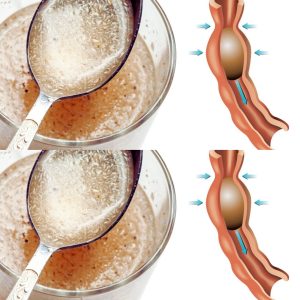Understanding Foamy Urine: Causes and Concerns
Foamy urine can be startling, but it’s not always a cause for alarm. Common reasons include the speed and force of urination or dehydration, which causes concentrated urine. Occasionally, chemical residues in toilet cleaners may create foam. However, persistent foamy urine may indicate proteinuria—excess protein in the urine—often linked to kidney damage or disease. Understanding the underlying cause is key to determining whether further investigation is needed.
When Foamy Urine May Signal a Problem
If foamy urine persists for several days or is accompanied by swelling around the eyes or legs, it could signal kidney damage. Conditions like diabetes, high blood pressure, or existing kidney issues increase the risk. Consulting a healthcare provider is crucial in such cases, as early detection of kidney problems can prevent serious complications.
Diagnosing Foamy Urine and Related Conditions
Doctors may use several tests to identify the cause of foamy urine, including urine analysis to detect excess protein, blood tests to assess kidney function, and imaging like kidney ultrasounds. These tests help determine whether the foaminess is benign or a sign of an underlying health issue, such as kidney disease or proteinuria.
Managing and Preventing Kidney-Related Issues
If diagnosed with proteinuria or a kidney condition, treatment often involves dietary changes, such as reducing protein intake, and medications to manage diabetes or high blood pressure. Staying hydrated and monitoring kidney function regularly can also help maintain health. Addressing foamy urine early ensures timely management and prevents long-term complications.





